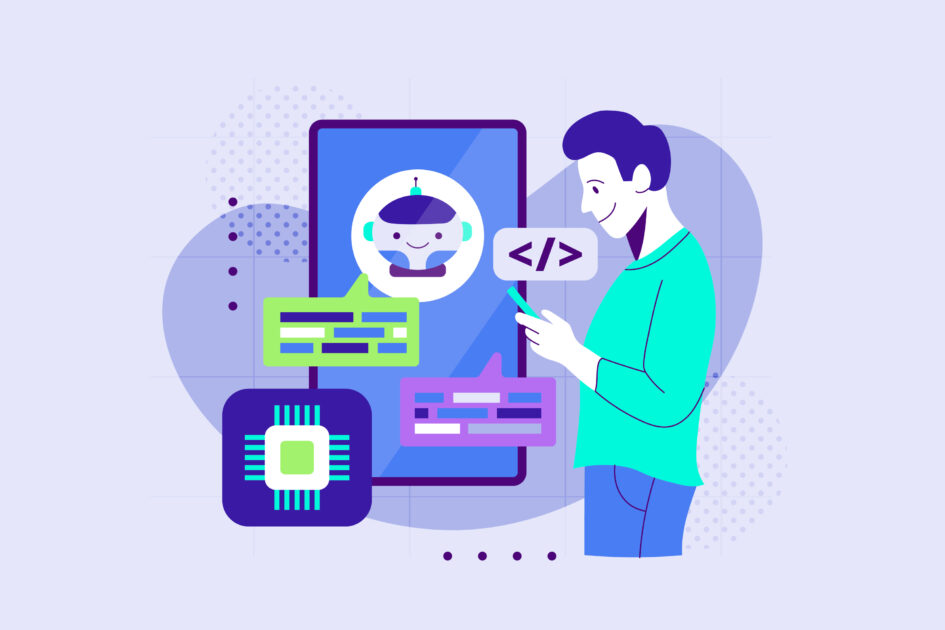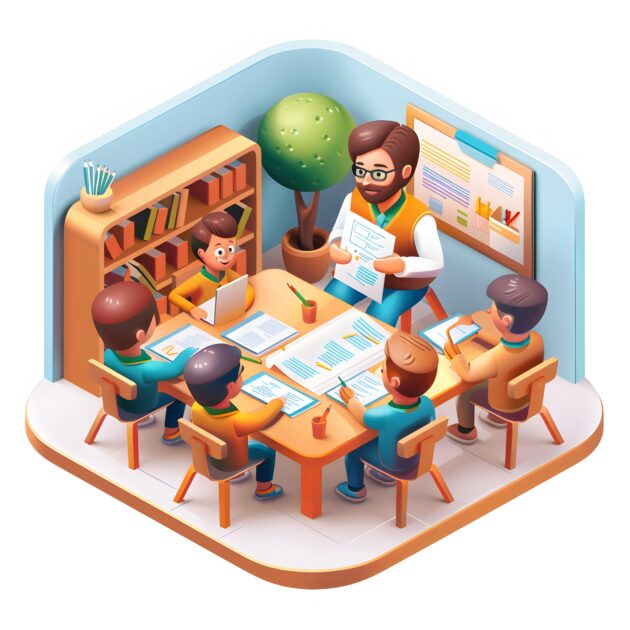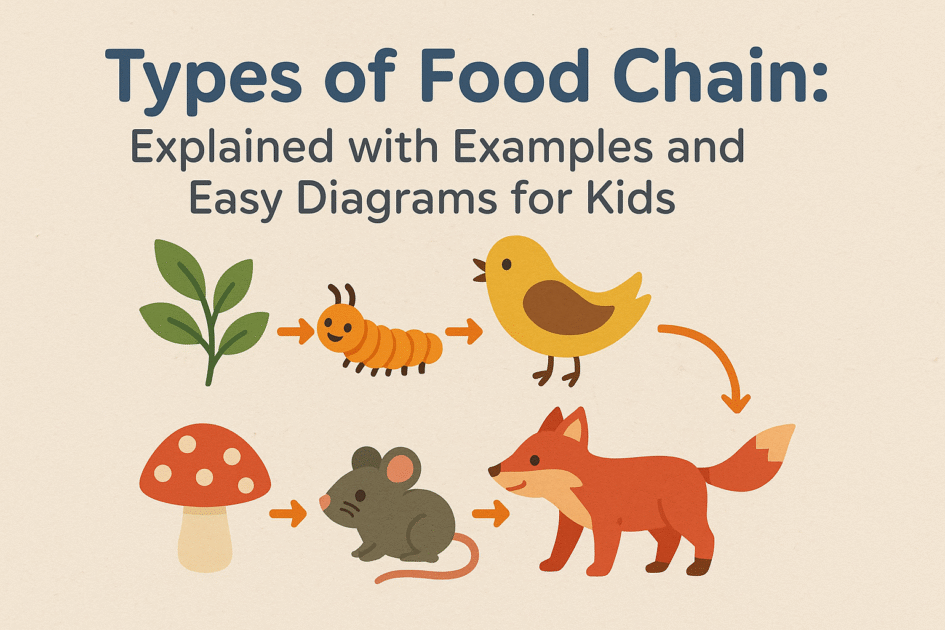What is AI Ethics: Simple Guide for School Students


Technology is changing the world at a fast pace, and Artificial Intelligence (AI) is one of the biggest drivers of this change. But along with its power comes responsibility. That is where AI ethics comes in. Understanding what is AI ethics is very important for students, because you are the future decision-makers, innovators, and users of this technology. Schools, especially the top schools in Bangalore, are now focusing on teaching AI ethics to prepare students for a responsible digital future.
What is AI Ethics in Simple Words?
AI ethics means the set of rules and principles that guide how artificial intelligence should be created and used in a fair, safe, and responsible way. In simple words, it answers the question: How can we use AI to help people without causing harm?
Just like we have moral values to guide human behavior, AI also needs guidelines so that machines make decisions that are good for society.
For students, learning what is AI ethics helps you understand the balance between using technology for progress and avoiding its misuse.
Why is AI Ethics Important?
The importance of AI ethics is huge because AI is everywhere—from smartphones to schools, hospitals, and even cars. If AI is not used responsibly, it can create unfair outcomes, invade privacy, or even replace jobs without support for people.
Here’s why it matters:
- It ensures AI is fair and does not discriminate.
- It protects privacy and personal data.
- It makes AI transparent, so people know how it works.
- It encourages responsibility in designing and using AI.
For students, knowing the role of AI ethics prepares you to ask the right questions about technology in education and daily life.
Examples of AI Ethics in Real Life
Learning through examples of AI ethics makes the idea clear. Some examples include:
- A face recognition app should not give biased results based on skin color or gender.
- A school using AI grading systems must make sure all students are evaluated fairly.
- Healthcare AI should recommend treatments that are safe for patients and not influenced by profit.
- A chatbot should not share your private data without permission.
These examples of AI ethics show how important it is to design AI systems that respect people’s rights.
AI Ethics in Education
AI ethics in education is becoming more important because schools are now using AI tools for learning, grading, and even managing student activities. While these tools can be helpful, they also raise questions like:
- Is the student’s data safe?
- Does the AI give equal opportunities to all learners?
- Can teachers and students trust the AI’s decisions?
This is where the importance of AI ethics comes into play. Schools, teachers, and students should always make sure AI supports learning without creating unfair practices.
Key Principles of AI Ethics
To better understand what is AI ethics, here are some simple principles that guide responsible use of AI:
- Fairness – AI should not be biased or discriminate against people.
- Transparency – Users should know how AI makes decisions.
- Privacy – AI must protect personal data.
- Accountability – Humans must take responsibility for AI’s actions.
- Safety – AI should never put people at risk.
These principles are like a compass that keeps AI on the right path. For students, they show why understanding AI ethics is so important for the future.
The Role of AI Ethics in Daily Life
The role of AI ethics goes beyond classrooms. It affects how we live, shop, travel, and even communicate online. For example:
- Social media platforms use AI to suggest content—but ethical rules ensure harmful or false information does not spread.
- Online shopping AI recommends products, but it must avoid pushing harmful or misleading items.
- Self-driving cars must follow safety and fairness rules to protect everyone on the road.
When students learn about AI ethics for students, it helps them become responsible digital citizens who can use technology wisely.
AI and Responsibility
One of the most important aspects of AI and responsibility is knowing that humans are still in control. AI may help us make decisions, but it cannot replace human judgment.
Students should understand that:
- AI is a tool, not a master.
- Responsibility lies with the creators and users of AI.
- AI should always serve humanity, not harm it.
This is why having a simple guide to AI ethics is helpful for young learners.
Future of AI Ethics
The future of AI ethics is about making sure that as AI gets more advanced, it remains safe and beneficial. Some areas of focus include:
- Creating global rules for AI use.
- Training more experts in ethical technology.
- Teaching AI ethics in schools.
- Building trust between humans and AI systems.
For students, this means you may play a role in shaping how future technology works. Learning AI ethics made easy today will prepare you for tomorrow’s challenges.
Understanding AI Ethics: A Student’s Perspective
So, understanding AI ethics is not just about rules—it’s about values. Students should see AI as something powerful but also something that needs human guidance.
By asking questions like “Is this fair?” or “Does this respect people’s rights?”, students can make sure AI is always used responsibly.
Conclusion
In simple words, AI ethics is about using artificial intelligence in a way that respects fairness, privacy, and human values. For students, learning this is important because you are the future leaders, teachers, scientists, and creators who will shape the digital world.
By understanding the importance of AI ethics, the examples of AI ethics, and the role of AI ethics in education and daily life, you will be ready to use technology with responsibility and wisdom. This also connects with moral values for students, as both guide you to make the right choices in a fast-changing world.
FAQs
AI ethics is a set of rules and values that guide how artificial intelligence should be used responsibly and fairly.
It helps students understand how to use technology safely, fairly, and in a way that respects privacy and human rights.
Yes, examples include fair grading in schools, protecting personal data, and ensuring face recognition tools are not biased.
It ensures that AI tools used in schools are fair, transparent, and supportive of equal learning opportunities.
The future includes global rules for AI, more awareness among students, and building trust between humans and AI systems.



